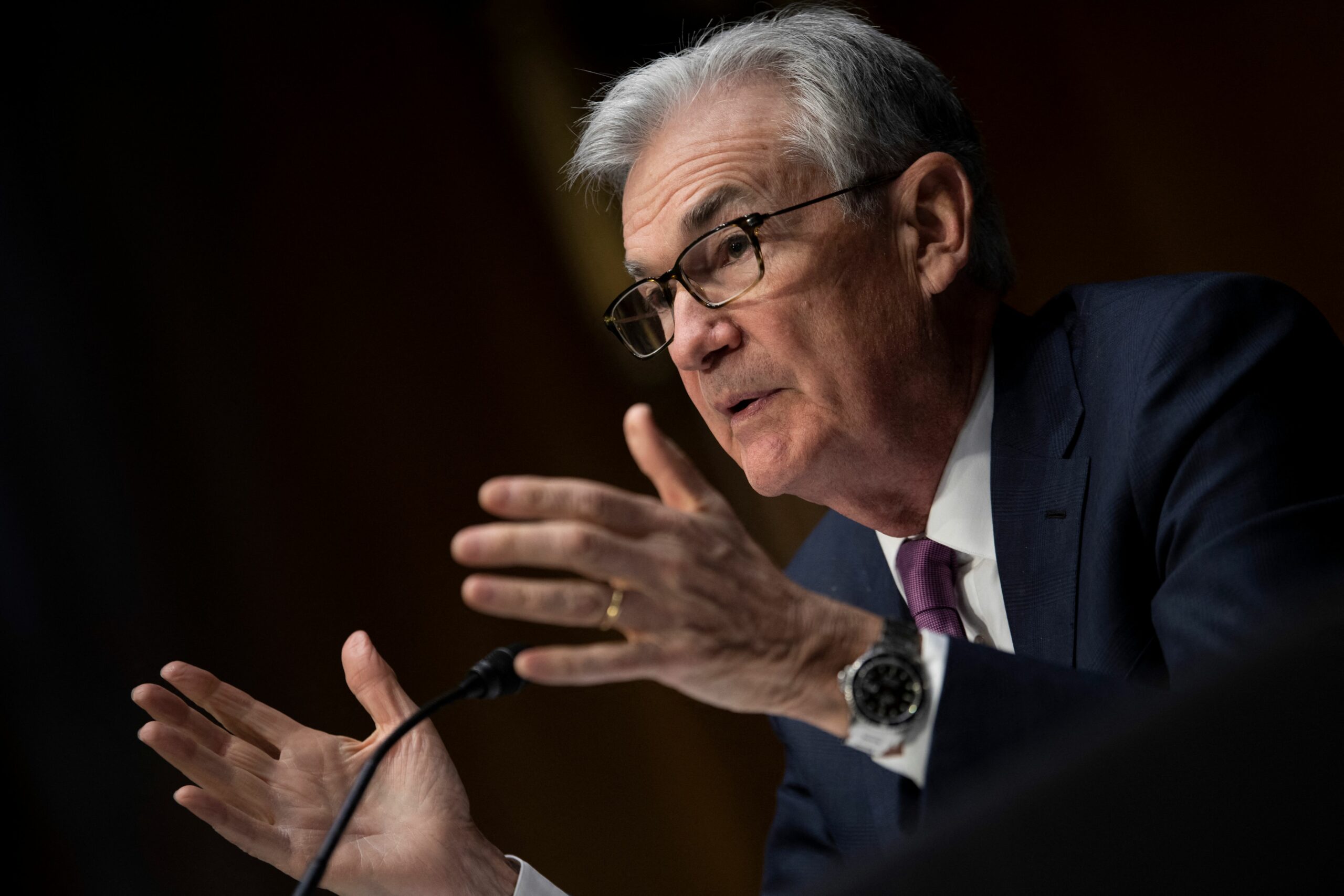When will the FED make the first move to cut rates?
When will the Fed start to cut interest rates after deciding that rate hikes are no longer necessary?

At the start of February, the Fed reaffirmed its “Statement on longer-run goals and monetary policy strategy”.
>> When will the FED cut rates?
This depends on the performance of inflation but also on what sort of target the Fed has in mind for inflation. In theory, the second part is easy: the Fed wants inflation down at its 2% target but, in Mr. Steve Barrow, Head of Standard Bank G10 Strategy’s view it’s not that straightforward at all.
At the start of February, the Fed reaffirmed its “Statement on longer-run goals and monetary policy strategy”. This refers to the new strategy adopted in August 2020 when the Fed switched to target “average” inflation of 2%, alongside another change, which was to seek “inclusive” full employment. There were also some other nuances around this change in strategy, such as less focus on changing policy in response to shifts in the Fed’s forecasts for inflation, and more focus on the actual data.
Of course, all of this was designed primarily by former Fed Vice Chair Clarida to address the fact that inflation had regularly undershot the target, so pushing policy rates down to the lower bound and forcing “extra” monetary stimulus, such as quantitative easing. The new strategy was an asymmetric one in which inflation would be tolerated when it was above target more than when it was below. Cynics would argue that all this took the Fed’s eye off the imminent surge in inflation, so allowing prices to rip and forcing policy rates up to near 5%.
In fairness, of course, other central banks that had made no change to their monetary policy strategy suffered similar surges in inflation. Be that as it may, the questions that Mr. Steve Barrow thinks are important now are as follows.
For one, is the target still asymmetric, or would the Fed really like to see a period of sub-2% inflation in order to preserve the average inflation target of 2%? Fed officials only speak of bringing inflation down to 2%, so it seems as if they still view the new inflation target asymmetrically.
Another question is whether the Fed will resist any temptation to cut rates until PCE inflation actually reaches 2%, and perhaps demonstrates a high probability of staying around that level, or will it be happy to cut rates if inflation is still well above 2% but Fed forecasters are confident that it will get there eventually? On this one it looks as if the Fed won’t have to see inflation fall to 2% first. The December forecasts from FOMC officials envisage that rates will be cut by around 1% next year (and another 1% in 2025) and yet PCE inflation is seen at 2.5% in both core and headline terms next year (and is still put at above 2% in 2025).
Some might argue that this is not true to the spirit of the changes made to the monetary policy strategy in the summer of 2020 and may go further by arguing that the Fed surely needs to get inflation down to 2%, and preferably below, before cutting rates given the huge overshoot in inflation we’ve seen, and the damage to the Fed’s anti-inflation credibility that this has caused.
But this misses the point of the change in August 2020 which, essentially, was to allow or even encourage a higher level of inflation than was seen in the decades before. As far as we can tell, the reaffirmation of that strategy shows that the Fed retains this view.
In other words, it will be happy – and content to cut rates – if inflation is above, but presumably not too far away, from 2%. Just what “not too far away” looks like is hard to say, but Mr. Steve Barrow suspects a range of 2-3%. This brings us on to the third main question which is whether such overshooting of the 2% inflation rate on a consistent basis implies that treasury yields are too low? Or does the market accept and discount the probability that overshooting will be a fact of life for some time? It does seem as if that’s the case. For instance, 10-year breakeven inflation from the TIPS market is around 2.3% and if we want to look at 5-year forward starting 5-year inflation swaps, to see what the market is discounting once this current bout of inflation disappears, then this too stands some distance above 2% at around 2.5%. Hence, the Fed does have some leeway here to “miss” the 2% inflation rate on the high side, but it is fairly modest leeway and that could leave treasuries at risk if it continues to fail.








